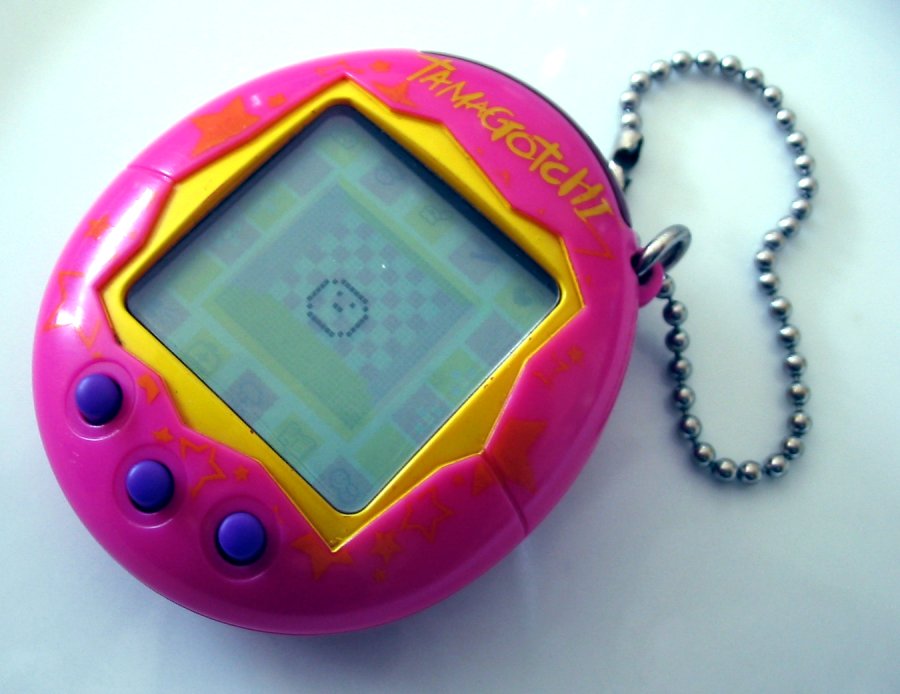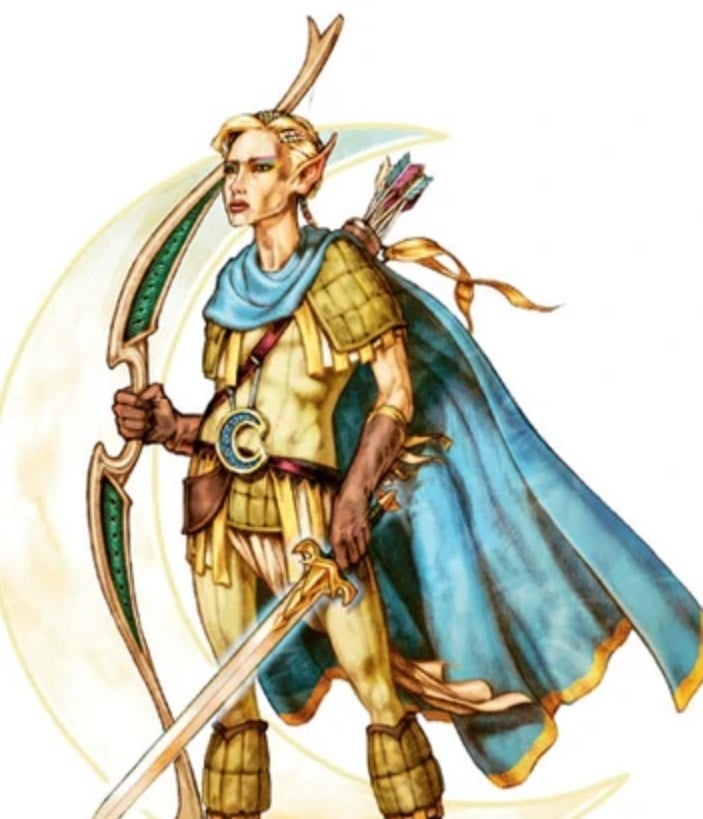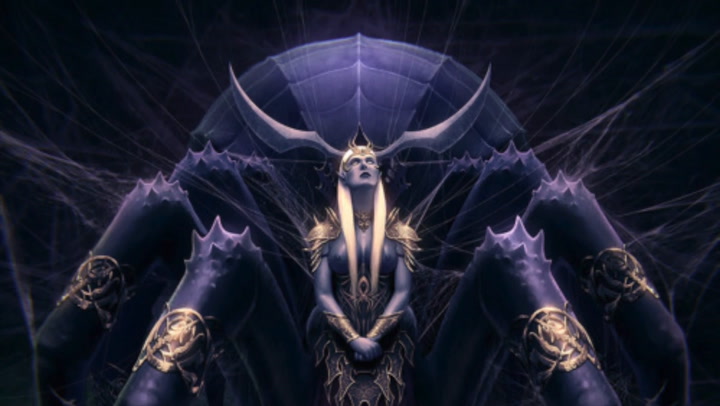The game might be called Dungeons & Dragons, but it’s full of elves. And today we’re talking about their creator throughout the multiverse: Corellon Larethian.
The gods of Dungeons & Dragons are a many splendored pantheon that changes as you go from world to world. The gods of Faerun are different from the gods of Greyhawk, who are different from the gods of Krynn and Athas and so on. But there are a few constant names that recur throughout the multiverse–and by and large this comes from the transition from TSR to WotC when they acquired D&D back at the turn of the century. Incidentally, turn of the century is typically a phrase that conjures up images of canes and top hats and model T’s but, now which ought to be updated to include Tamagotchis and flip phones and two tone highlights.
But chronological crises notwithstanding, with the acquisition of 3rd Edition, there was this big reshuffling of deities as they went for a sort of setting-neutral but inspired by Greyhawk pantheon that blended pantheons from across Deities & Demigods with the Greyhawk pantheon to create a core of Boccob and Ioun alongside Lolth and Gruumsh and Corellon Larethian. And it’s the latter that we want to focus on today, because Corellon Larethian is the god of the elves, and their creator–but so is Gruumsh, from a certain point of view. Let’s take a look at the androgynous elf majesty that is Corellon Larethian.
In the current canon (especially appropriate for ‘religious’ texts like this), Corellon is the creator of all elves. The myths are true:
Elves are all descended from a deity, and their origin led to a tragedy that shapes their culture to this day.
The gulf between the elves and Corellon, and the split between Corellon and Lolth, arose from the same transgression. That one incident set all the many races of elves on their present paths, determined their unique life cycle, and triggered an unflagging hatred between the drow and the elves of the Material Plane. No other event has had such momentous impact on elven history as the one that began it all.
So what was the event? It takes place long before the elves even existed, when Corellon “danced from world to world and plane to plane” existing in a graceful, but mutable state–fitting considering that Corellon Larethian is a god of change as well. They are referred to without specific gender or even form, as Corellon might one day be a school of fish, a flock of birds, a bunch of bees–and speaking of the birds and bees, Corellon was hornier than even Zeus, though more consensual “loving wholeheartedly” but revelling in pleasure, which somehow led to the legendary fight with Gruumsh, who lost an eye, but not before wounding Corellon.
And from that spilled blood, were born the elves–but not as they appear in the PHB. These primal elves were more like Corellon, mutable in terms of form and gender–they were fey beings who lived in Arvandor with their creator, and as Corellon played favorites, they gave them names–names which make up the rest of the elven pantheon, including Lolth.
Here’s where the big split happens. While Corellon was happy to tarry and flit about the multiverse, Lolth had a desire for superiority at the cost of individual freedom. Lolth’s scheme was to give up the freedom of form in order to achieve total dominance, which changed the nature of elves forever. They took “static forms” but Corellon took it as a betrayal, so they handled it the way elves do–with a great debate. The primal elven deities pled their case before Corellon, which gave Lolth the opportunity to try and kill Corellon.
That goes over about as well as you’d expect, and the result is the drow being cast down, Lolth becoming a demon lord, and Corellon becoming the leader of a fractious pantheon.
And that’s just one side of the elven story.
Source: Bell of Lost Souls







